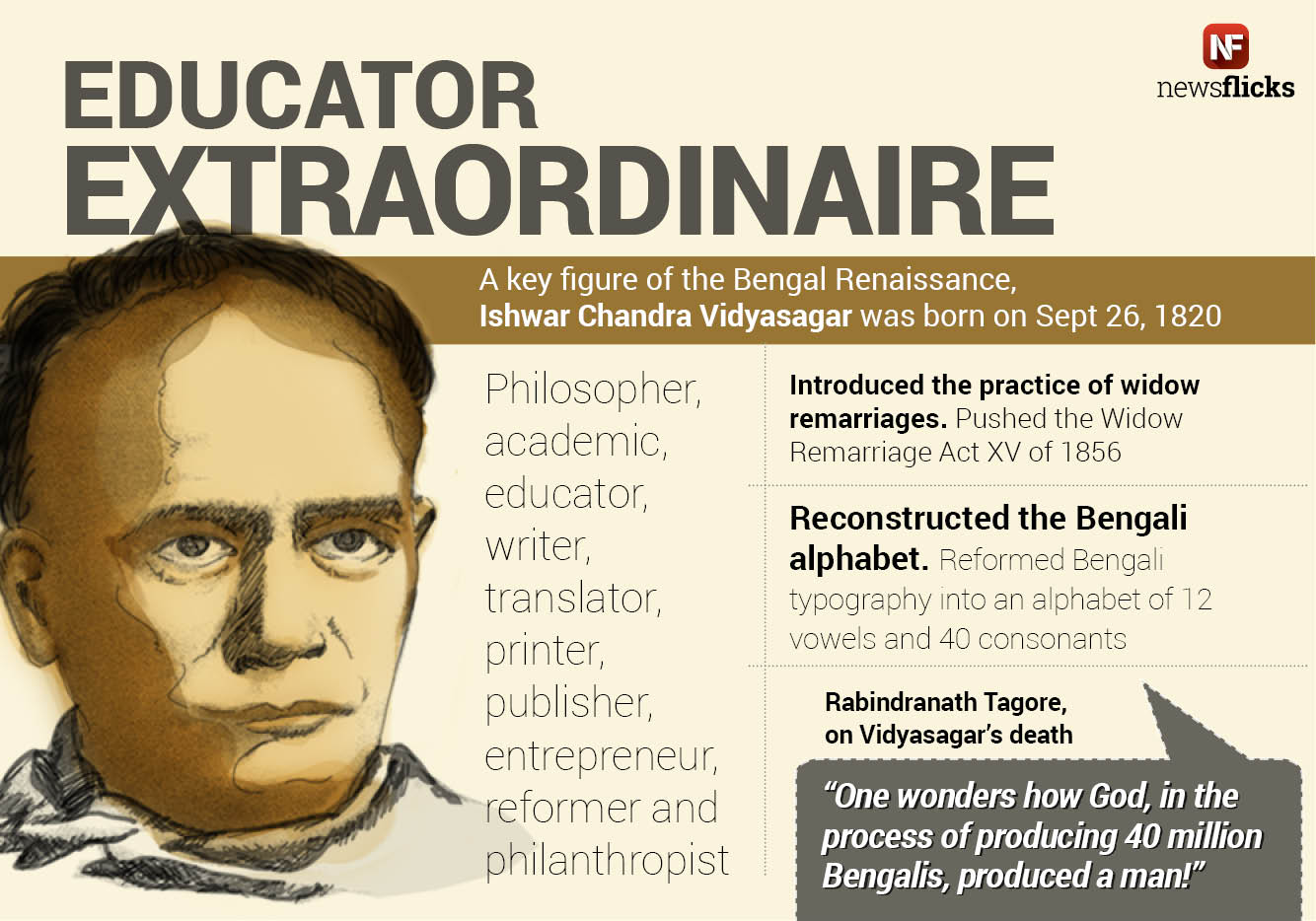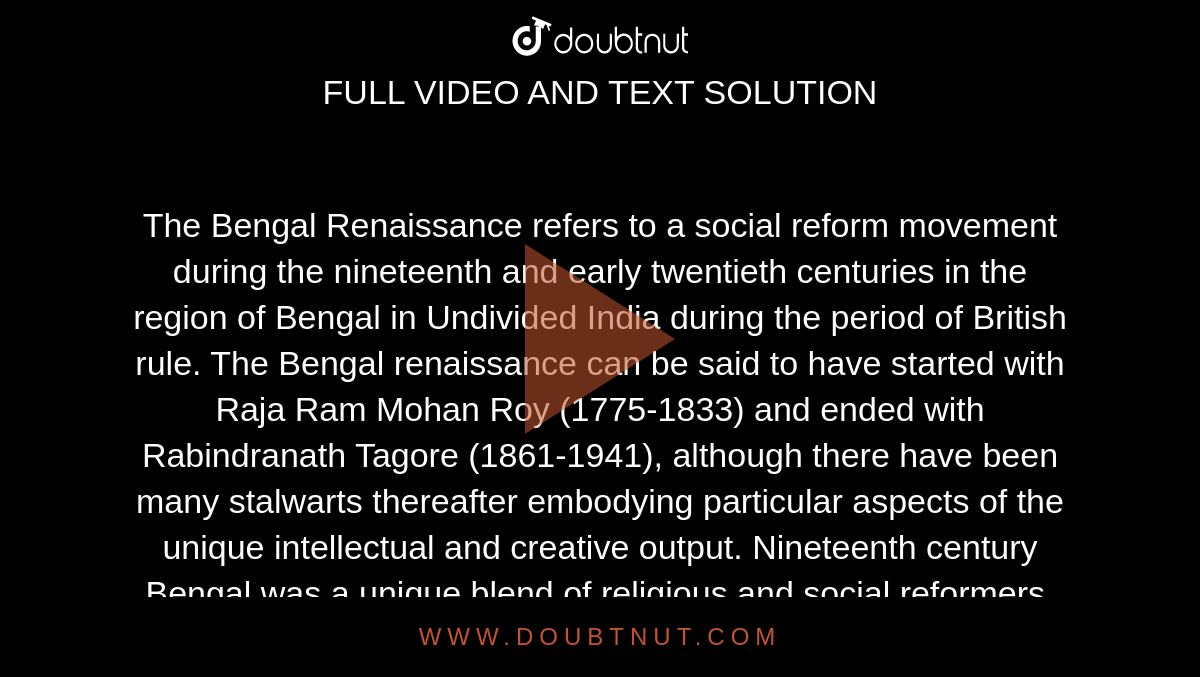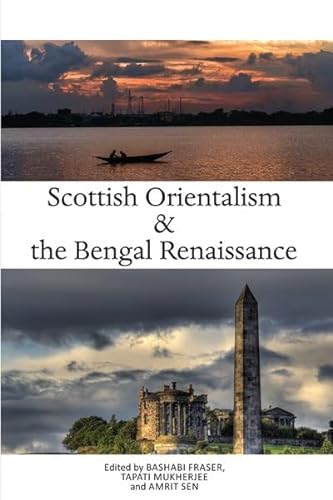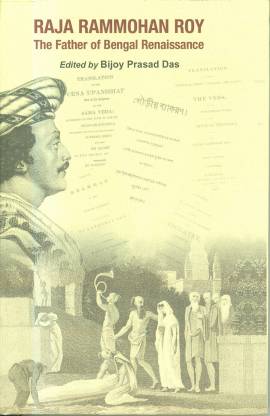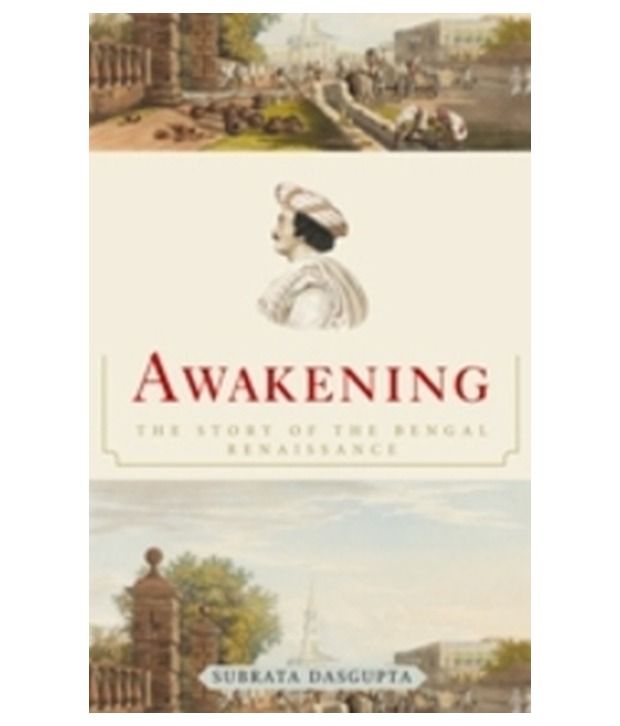The Bengal Renaissance was a period of intellectual and cultural revival that took place in the Bengal region of British India (present-day Bangladesh and the Indian state of West Bengal) during the late 19th and early 20th centuries. It was marked by a renewed interest in and appreciation of Indian culture, literature, and art, as well as a movement towards social and political reform.
The Bengal Renaissance was fueled by a number of factors, including the influence of Western education and ideas, the growth of the Indian middle class, and the efforts of reform-minded individuals and organizations. Many of the key figures of the Bengal Renaissance were educated in Western institutions and exposed to ideas such as liberalism, democracy, and nationalism, which they brought back to India and applied to their own culture and society.
One of the main driving forces behind the Bengal Renaissance was the spread of Western education in India. In the early 19th century, the British introduced a Western-style education system in India, which included subjects such as science, mathematics, and literature. This system was initially only available to a small number of Indians, but it gradually became more widespread and accessible. As more Indians received a Western education, they began to embrace ideas such as rationalism, individualism, and secularism, which were at odds with traditional Indian beliefs and practices.
The Bengal Renaissance was also fueled by the growth of the Indian middle class, which was made up of educated professionals such as lawyers, doctors, and journalists. These individuals had the financial and social status to influence public opinion and demand change. Many of them were active in the reform movement and used their platforms to promote ideas such as equality, democracy, and nationalism.
In addition to education and the growth of the middle class, the Bengal Renaissance was also influenced by the efforts of reform-minded individuals and organizations. These included organizations such as the Brahmo Samaj, which was founded in 1828 and promoted ideas such as monotheism and social reform, and the Indian National Congress, which was founded in 1885 and aimed to unite Indians and demand greater political rights and autonomy from the British government.
The Bengal Renaissance had a significant impact on Indian society and culture. It led to the development of a new, modern Indian identity that was rooted in a pride in Indian culture and history, but also open to new ideas and influences from the West. It also contributed to the growth of the Indian independence movement and the eventual achievement of independence from British rule in 1947.
Overall, the Bengal Renaissance was a significant period of intellectual and cultural revival in India that helped to shape the modern nation and its identity. It was influenced by the spread of Western education, the growth of the middle class, and the efforts of reform-minded individuals and organizations, and had a lasting impact on Indian society and culture.


